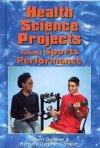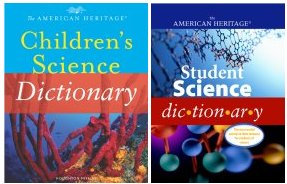Surviving Olympic Heat Additional Information
Share this:
- Share via email (Opens in new window) Email
- Click to share on Facebook (Opens in new window) Facebook
- Click to share on X (Opens in new window) X
- Click to share on Pinterest (Opens in new window) Pinterest
- Click to share on Reddit (Opens in new window) Reddit
- Share to Google Classroom (Opens in new window) Google Classroom
- Click to print (Opens in new window) Print
The Athens 2004 Olympic Games Web site is at www.athens2004.com/athens2004/ (Athens 2004).
Sohn, Emily. 2004. Workouts: Does stretching help? Science News for Kids (May 5). Available at http://www.sciencenewsforkids.org/2004/05/workouts-does-stretching-help-2/.
______. 2003. Running with sneaker science. Science News for Kids (Nov. 12). Available at http://www.sciencenewsforkids.org/2003/11/running-with-sneaker-science-2/.
______. 2003. Speedy gene gives runners a boost. Science News for Kids (Aug. 6). Available at http://www.sciencenewsforkids.org/2003/08/speedy-gene-gives-runners-a-boost-2/.
You can learn more about Mark Verstegen and Athletes’ Performance at www.sportspecific.com/public/790print.cfm (SportSpecific), about ClimaCool at www.adidas.com/campaigns/climacool/ (Adidas), about the Game Ready Accelerated Recovery System at www.gameready.com/ (Game Ready), and about RTX at www.avacore.com/(AVAcore Technologies).
Books recommended by SearchIt!Science:
 |
Health Science Projects About Sports Performance — Robert Gardner, Barbara Gardner Conklin
Published by Enslow Publishers, 2002.
What’s the science behind sports performance? Investigate the science ideas in this book, and you might improve your athletic ability, as well as learn about the science of how your body works. The first chapters explain proper stretching techniques and teach you how to do things such as measure your heart and breathing rates. The fourth chapter invites you to explore the effects of exercise, body position, and conditioning on your body, and the fifth chapter discusses proper nutrition and health. Science projects about muscles and how they work are suggested in the sixth chapter. Investigate your reaction time, learn about muscle pairs, and learn what causes muscle fatigue. The final chapters involve exercise and sports psychology. |
Power Words
heat exchanger A device that transfers heat from one object to another. A car radiator is a heat exchanger. It transfers the heat in a liquid that has circulated through the engine to the air so that the engine does not get too hot and melt.
infrared light Electromagnetic radiation that is invisible and has wavelengths that are longer than those of visible light but shorter than those of microwaves. All objects absorb and give off infrared light.
Copyright © 2002, 2003 Houghton-Mifflin Company. All rights reserved. Used with permission.
